Gardener's notebook: Cleve West repurposes award-winning garden for youth homelessness charity Centrepoint
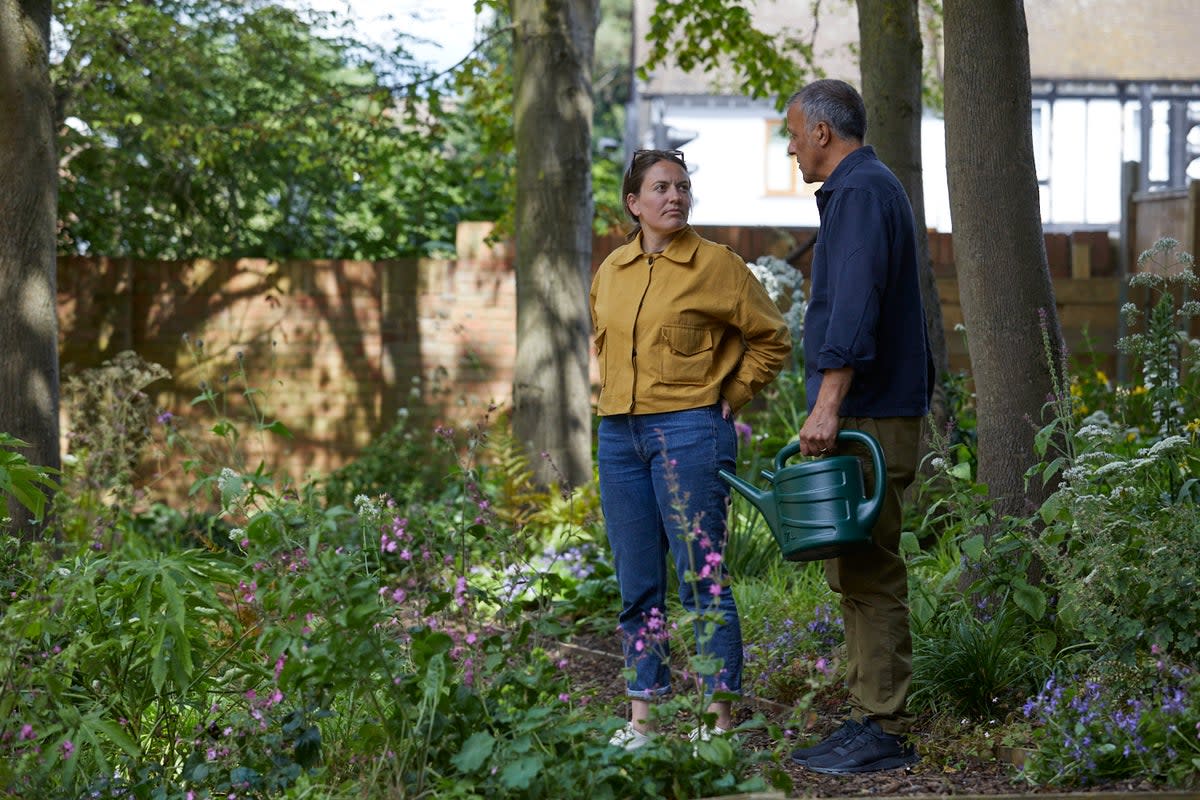
Award-winning garden designer Cleve West has worked with the homeless charity Centrepoint to transform the green space around one of its hostels into a space for young people to feel safe in, repurposing West’s award winning garden from last year’s Chelsea Flower Show.
Centrepoint works with some of the 136,000 young people aged 16 to 14 who are homeless or facing homelessness, providing housing and support, with the mission to give them a future.
They worked with West to create a show garden that would raise awareness of the challenges young, vulnerable people face when faced with homelessness.
West’s award-winning garden used the metaphor of a demolished home as the theme for the garden. “I wanted to create a garden that captured the imagination and get people talking” West explained.
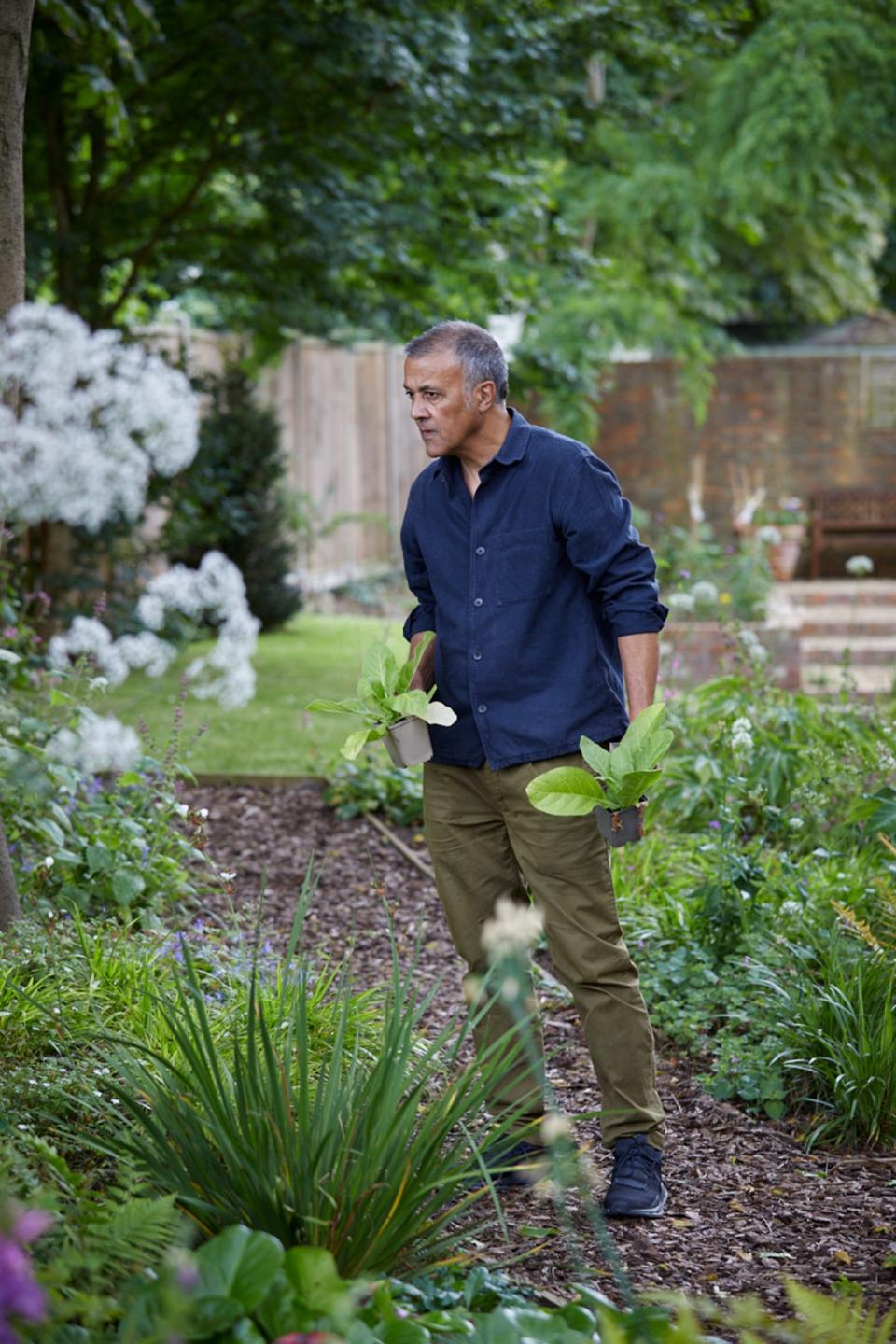
“In the middle, we included a fallen silver birch to symbolise being uprooted, and weeds and wildflowers taking over as new shoots of hope, and many spaces in the garden which alluded to habitat,” he added. “We also included some pioneering species, those that are normally the first to appear in nature, as a metaphor for the pioneering work of Centerpoint.”
Building a show garden at the Chelsea flower show is an expensive outgoing. The garden was made possible with the funding of a second charity called Project Giving Back, who support gardens for good causes. A condition of their support is that the garden and its plants have to be relocated to a permanent garden after the show.
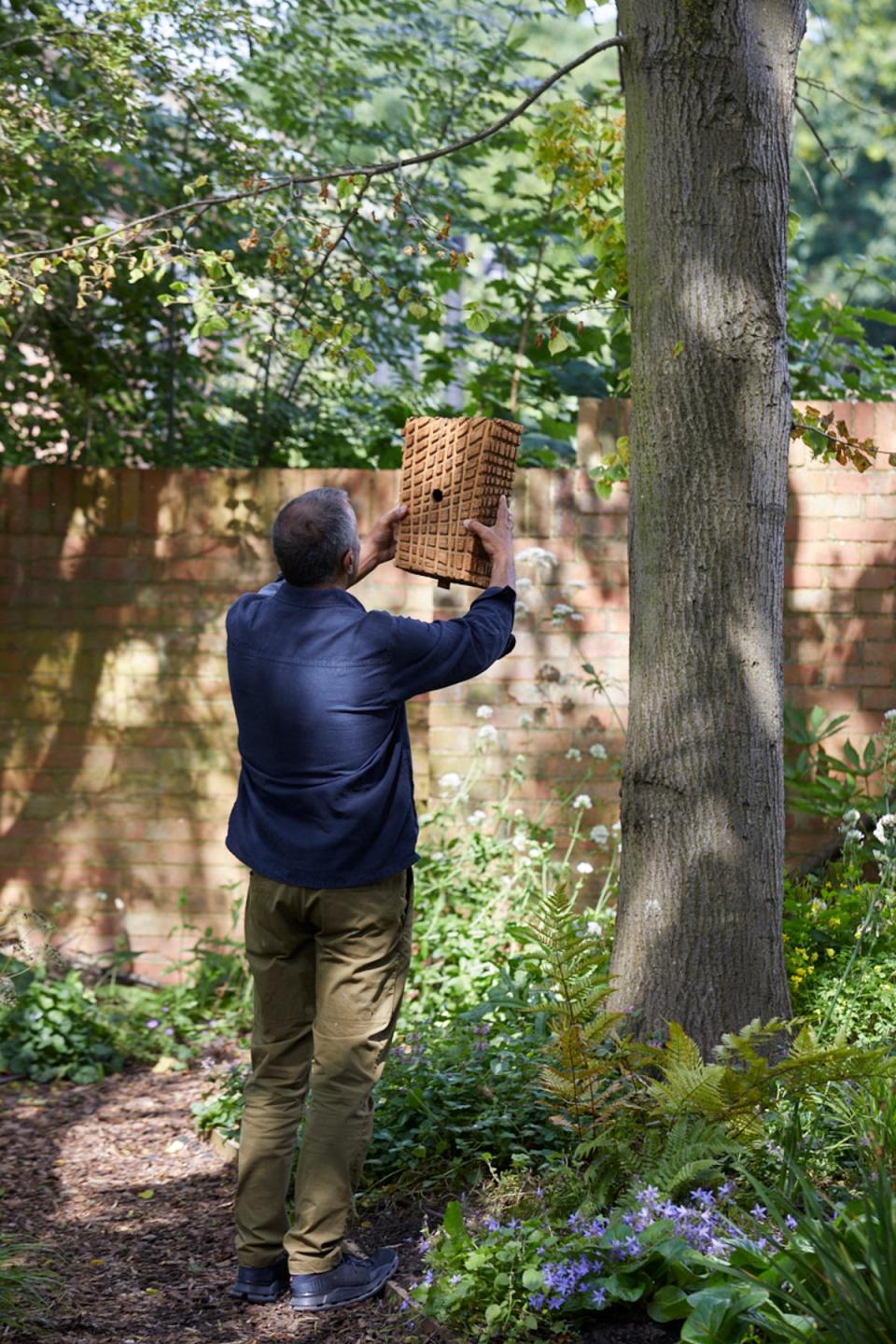
That is something that can be quite difficult to do. The conditions are different, the layout of the space is not the same, and gardens function differently to show gardens.
West has repurposed many elements from the show garden and the existing space at the Centrepoint hostel into the new design. Here’s how you can do the same.
1. Don't rush to get rid of everything
West has made use of the existing mature trees at the Centrepoint garden to help the new space feel enclosed. Working with the conditions in the garden rather than against them.
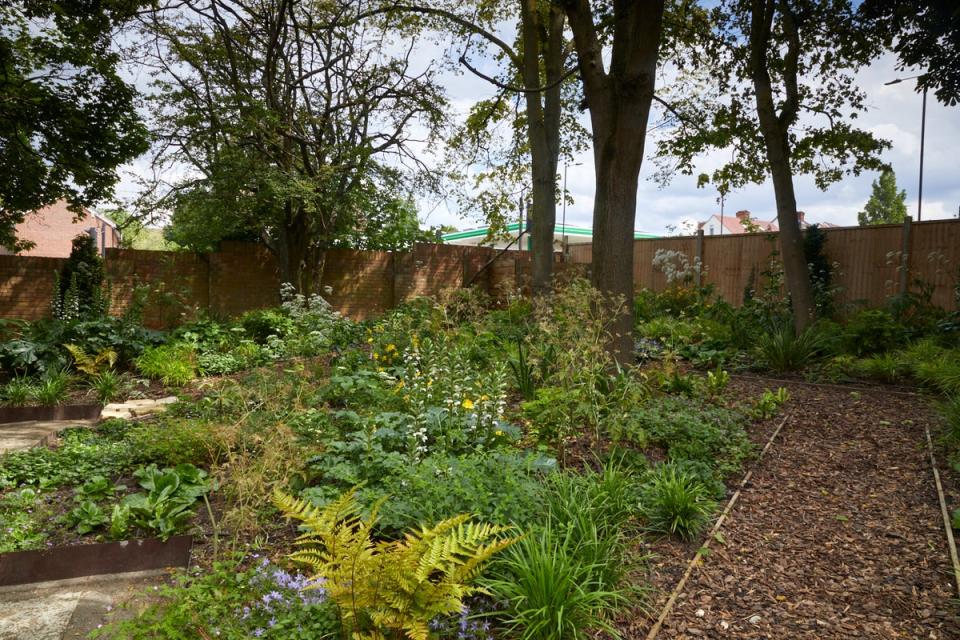
He selected woodland plants, such as Valeriana and Dryopertis erythrosora, from the show garden that are able to survive under the shade of the trees, which is key to the gardens long-term success.
2. Reuse and repurpose hard materials
Bricks that made up the walls of the ‘demolished’ building in the show garden have been repurposed by West to form a retaining wall around a terrace in the garden that is a place for those living in the hostel to relax.
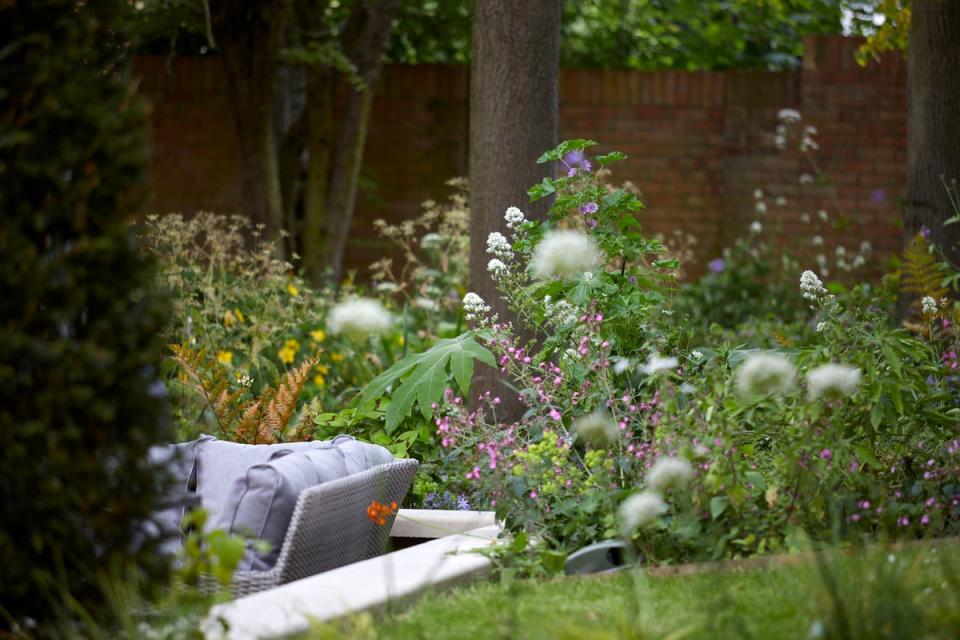
It’s rare to find a London garden without something left behind, especially when you start digging. Before getting rid of these materials, consider if you can make use of them in your space.
3. Green waste isn’t necessarily waste
Before chucking everything in the compost bin, think how plant material can be reused.
West has used fallen tree branches and twigs to create ‘habitat piles’ throughout the garden, a feature that was also present in his show garden. These can be added to over time, and if given some care when assembling, can be become garden features in their own right.


